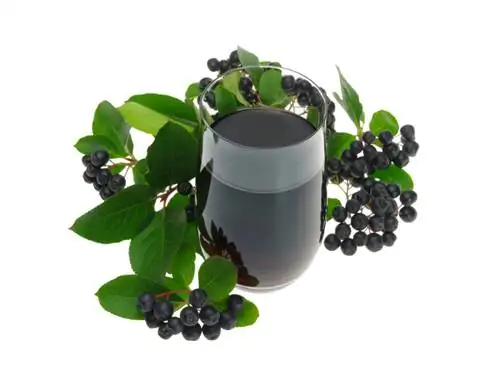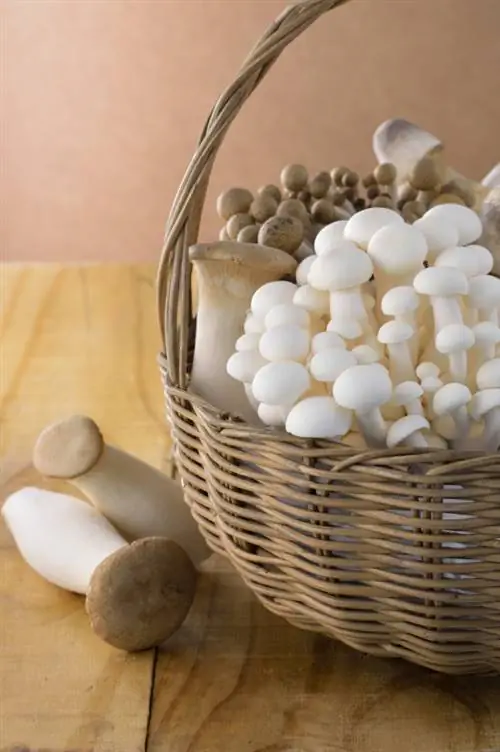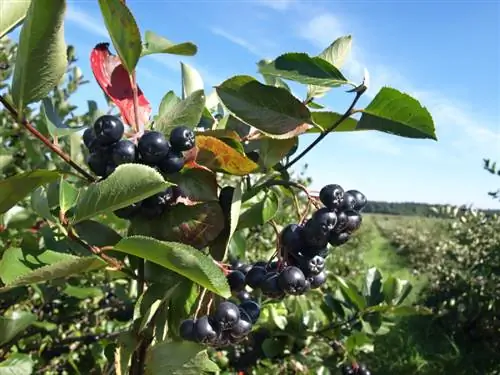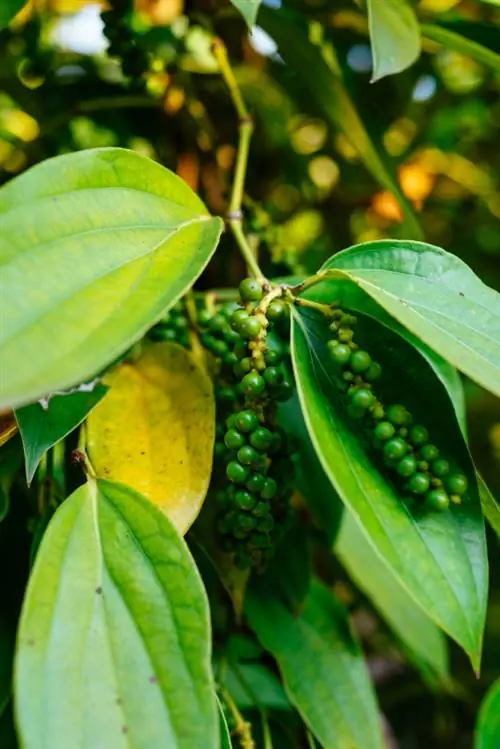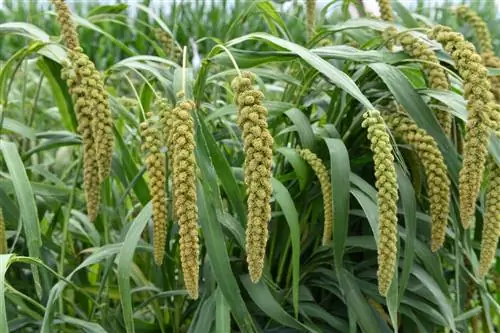- Author admin [email protected].
- Public 2023-12-16 16:46.
- Last modified 2025-06-01 06:02.
Aronia, also known as chokeberry, originally comes from North America and was valued by the indigenous population living there for many centuries as a vitamin-rich and he althy winter food.

What is the chokeberry aronia and what he alth benefits does it have?
The Aronia chokeberry is a vitamin-rich, undemanding plant from the rose family. Their fruits contain high concentrations of vitamin C, vitamin K, folic acid and he alth-promoting flavonoids. Aronia berries can be dried, frozen or made into jellies.
Aronia - an old, new pome fruit
Aronia owes its German name “Apfelbeere” to its botanical affiliation to the rose family. Within this, aronia is a pome fruit and therefore an apple fruit. Like the native apple or pear, it refers to fruits whose interior is connected to an axial tissue. This axial tissue forms the core housing, which is formed from the carpels in the course of development from flower to fruit.
Shrub with black fruits and beautiful autumn colors
Aronia is a lush shrub that can reach a height of up to two meters. The leaves are summer green and turn beautiful, wine-red in autumn. Since the beginning of the 20th century, aronia has been specifically cultivated as a commercially viable fruit, with the two species Aronia arbutifolia (the “felt chokeberry”) and Aronia melanocarpa (the “black chokeberry”) being particularly important. There is also the Aronia prunifolia species, which mainly grows wild in Canada and the USA.
Aronia - uncomplicated and less susceptible to disease
There are basically three solid reasons for the great interest in extensive fruit-growing use:
- the high he alth value of aronia fruits
- the shrub's undemanding nature in terms of soil quality and care
- the plant's high resistance to diseases and pests
Aronia grows on almost all soils and requires little care. For these reasons, the shrub is suitable for almost every hobby gardener, even if they do not have the famous green thumb. Since not only the fruits but also the wood of the plant contain high levels of flavonoids, the plant is quite insensitive to external damage such as UV light, fungi or diseases.
Aronia berries contain many vitamins and minerals
These he alth-valuable flavonoids are also found in abundance in the red to almost black berries of the bush, and high concentrations of vitamin C, vitamin K and folic acid are also part of the fruits. Aronia berries are great to dry or freeze.
Tips & Tricks
Try the following, unusual recipe for a delicious aronia-quince jelly: Boil 200 milliliters of aronia juice, 500 milliliters of quince juice, a pinch of cinnamon and 500 grams of preserving sugar (2:1) in a high pot for about five minutes Minutes until the mixture gels. Fill the still hot jelly into sterilized jars and close them tightly. The jelly also tastes good with apple or pear juice instead of the quince.

